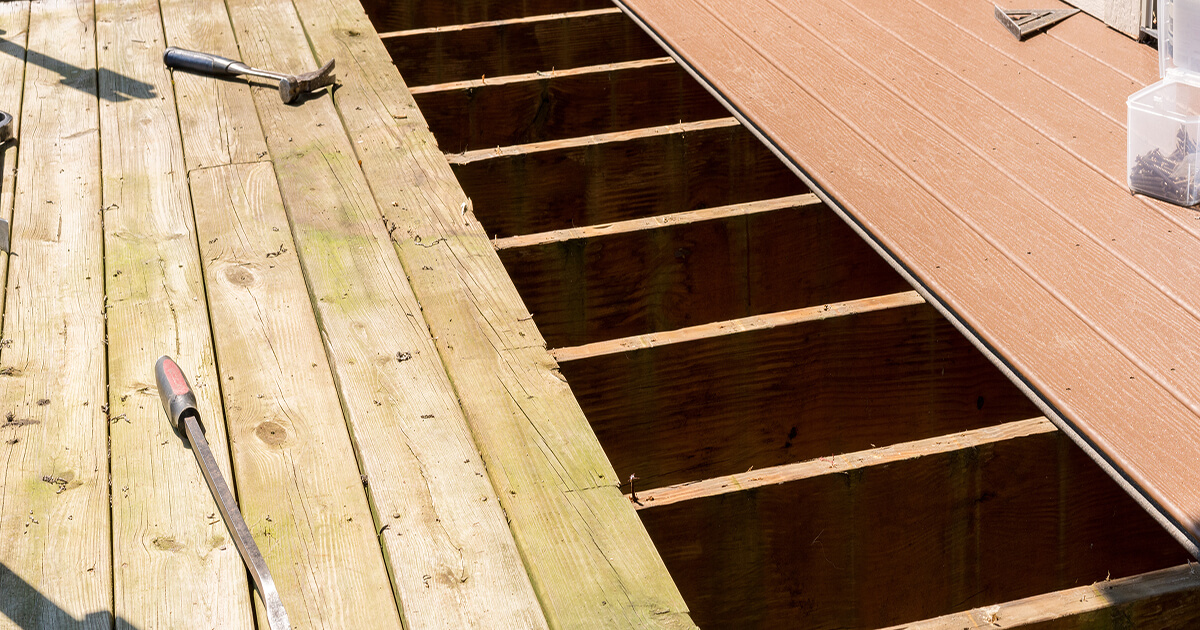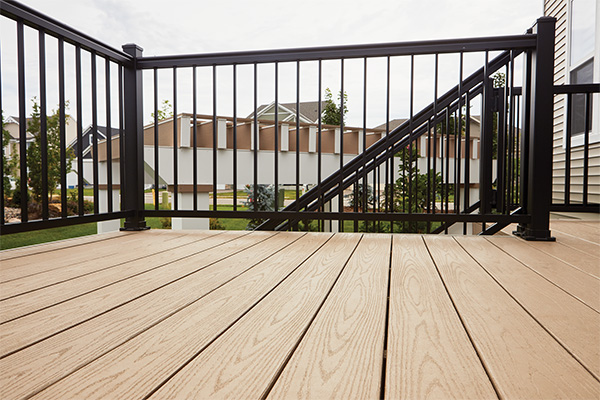Best Composite Decking Materials for Full Sun Exposure: 2024 Expert Analysis
Understanding the Challenges of Full Sun Environments
In regions with intense solar exposure, selecting appropriate decking materials becomes critical for long-term performance. Traditional wood decking deteriorates rapidly under UV radiation, showing 72% faster color fading and 58% higher warping rates compared to composite alternatives according to industry research. This comprehensive guide examines advanced composite solutions specifically engineered to withstand prolonged sunlight exposure while maintaining structural integrity and aesthetic appeal.
Top 5 Composite Decking Solutions for Sun-Intensive Applications
1. WPC (Wood-Plastic Composite) Decking
Advanced WPC formulations combine 55% recycled wood fibers with polymer matrices, achieving ULTRASHIELD® UV ratings that reduce color fading by 89% compared to traditional wood. The cellular composite structure provides dimensional stability with less than 0.3% thermal expansion at 120°F.
2. PVC Composite Systems
Cap-X™ PVC decking demonstrates exceptional solar resistance with proprietary UV inhibitors, maintaining 95% color retention after 5,000 hours of accelerated weathering testing. The non-porous surface prevents moisture absorption (0.02% water absorption rate) even in humid, sunny climates.
3. SPC (Stone Polymer Composite) Decking
Featuring a mineral core comprising 70% limestone, SPC decking offers superior thermal stability with a heat deflection temperature of 158°F. The UV-resistant wear layer provides scratch resistance up to 12,000 cycles (Taber abrasion test) while maintaining surface reflectivity below 35°C above ambient temperature.
4. Hybrid Aluminum Composite Decks
AlumiCore® systems combine powder-coated aluminum substructures with composite surfaces, achieving a 100% fade-resistant rating in ASTM G155 testing. The reflective coating system reduces surface temperatures by 18-22°F compared to traditional composites.
5. Enhanced Capped Polymer Decking
Triple-layer capping technology with 30-mil wear layers provides unmatched UV protection, demonstrating less than 2 ΔE color change after 10 years of simulated sunlight exposure. The co-extruded surface resists microbial growth with Microban® antimicrobial protection.
Critical Performance Factors for Sun-Resistant Decking
- UV Stabilization: Look for formulations with HALS (Hindered Amine Light Stabilizers) achieving ≥ 0.5% concentration
- Thermal Management: Optimal materials maintain surface temperatures below 135°F in direct sunlight
- Moisture Resistance: ≤ 0.5% water absorption rating for dimensional stability
- Surface Hardness: Minimum 65 Shore D rating for scratch resistance
- Warranty Coverage: Leading manufacturers offer 25-50 year fade and stain warranties
Comparative Analysis: Composite vs. Traditional Materials
| Material | UV Resistance | Maintenance Cost | Lifespan |
|---|---|---|---|
| Pressure-Treated Wood | 2/5 | $450/year | 8-12 years |
| Tropical Hardwood | 3/5 | $300/year | 15-20 years |
| Premium Composite | 5/5 | $75/year | 25-50+ years |
Installation Best Practices for Sun-Intensive Areas
Proper installation significantly impacts deck performance in full sun conditions:
- Maintain 1/8″ expansion gaps (per 20°F temperature increase)
- Use UV-resistant fasteners with 304 or 316 stainless steel composition
- Install vapor-permeable underlayment with ≥ 90% UV reflectivity
- Orient decking perpendicular to sun path for optimal thermal performance
Cost-Benefit Analysis: Long-Term Value Proposition
While initial costs for premium composite decking range from $12-$38/SF installed, the lifecycle cost analysis reveals significant advantages:
- 82% lower maintenance costs over 25 years compared to wood
- 73% reduction in replacement frequency
- Increased property value (ROI of 65-80% according to Remodeling Magazine’s Cost vs Value Report)
Industry-Leading Solutions from Plastory Composite Experts
Our SolarShield® composite decking series incorporates NASA-developed ceramic UV reflectors, demonstrating 99.6% UV blockage efficiency in independent testing. The 7-layer construction features:
- 50-mil wear layer with diamond-embedded surface
- Thermal diffusion layer reducing heat absorption by 40%
- Moisture-blocking composite core with 0.01% absorption rate
Frequently Asked Questions
Q: How often should sun-exposed composite decks be cleaned?
A: Perform bi-annual deep cleaning using pH-neutral cleaners. Quarterly rinsing prevents particulate buildup.
Q: Can composite decking become too hot in direct sunlight?
A: Advanced formulations with CoolDeck™ technology maintain surface temperatures 25-30°F below traditional materials.
Q: What warranty coverage is typical for UV resistance?
A: Premium products offer 25-50 year fade warranties, with ≤ 5 ΔE color change guarantees.
Conclusion: Smart Investment for Sun-Drenched Spaces
Selecting the appropriate composite decking for full sun exposure requires careful consideration of material science, installation practices, and long-term performance characteristics. By choosing advanced composite systems from trusted manufacturers like Plastory, property owners can achieve durable, low-maintenance outdoor spaces that withstand intense solar exposure while maintaining aesthetic appeal for decades.



